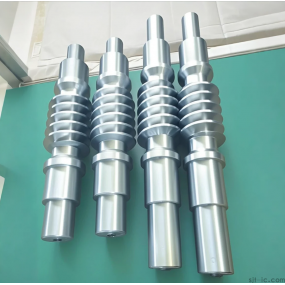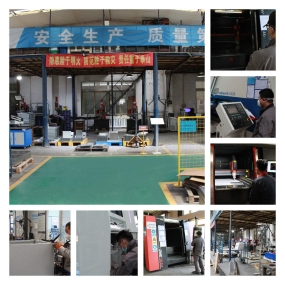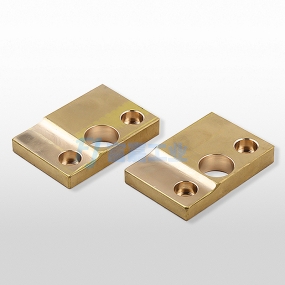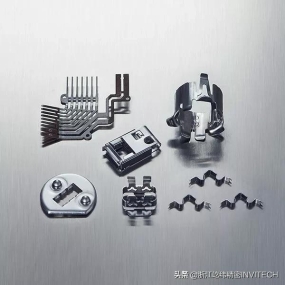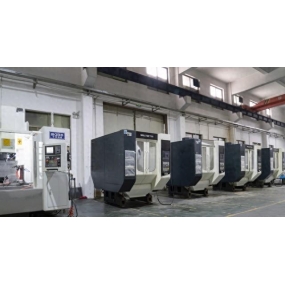Ever ordered a batch of CNC machined shafts, only to find they wear out too fast or just aren't strong enough? 😣 You're not alone. Picking the wrong material is one of the most common and costly mistakes. It can lead to part failure, downtime, and blown budgets. But with so many metals and plastics out there, how do you even start? Let's break it down together and make sure your next shaft is built to last. 🚀

Why Your Shaft Material Choice is a Big Deal
Think of the material as the soul of your shaft. It's not just a piece of metal; it's what determines everything. A shaft might look perfect on the drawing, but if the material can't handle the job, you're in for trouble. We're talking about strength to resist bending, hardness to fight wear, and the ability to handle the environment it lives in. Get this choice right, and you save a ton of headache and money down the line.
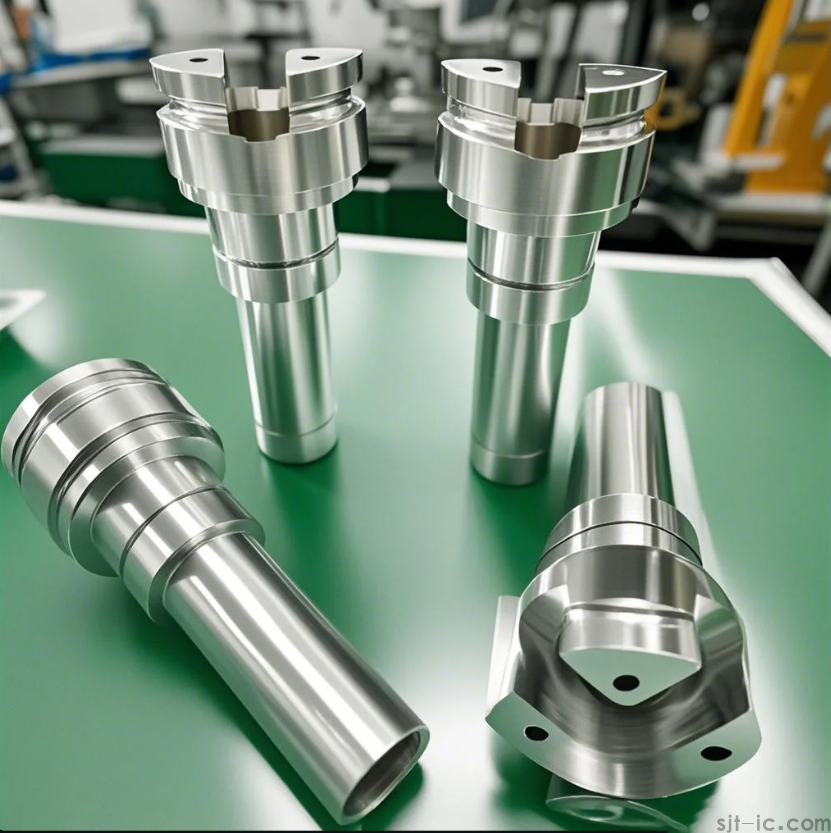
Top Material Picks for CNC Machined Shafts
So, what's on the menu? Here are the usual suspects that we see working day in and day out.
1. Steel Alloys (The Heavy-Duty Champs)
When you need raw strength and durability, steel is often the answer. 414 alloy steel is a superstar here. It's tough, it's strong, and it handles shock loads really well. Perfect for those high-stress jobs in machinery and automotive parts. Then there's 1045 carbon steel, which is easier to machine and still offers great strength for general-purpose shafts. But, and this is a big one, most steels need some kind of surface treatment to prevent rust.
2. Stainless Steel (For When Things Get Corrosive)
Got moisture, chemicals, or just need a clean look? Stainless steel is your friend. 304 Stainless is the all-rounder—good corrosion resistance and decent strength. But if you need something even tougher, 316 Stainless steps up, especially against salts and chemicals. 420 Stainless can be hardened for extra wear resistance, making it a go-to for things like valve shafts. The catch? It can be a bit trickier and more expensive to machine than regular steel.
3. Aluminum Alloys (The Lightweight Speedsters)
When weight is your enemy, aluminum saves the day. It's light, it machines like a dream (meaning faster production times!), and it naturally resists corrosion. 6061 aluminum is the workhorse—you'll find it everywhere. For something a bit stronger, 7075 aluminum is like the aerospace-grade big brother, though it's not as corrosion-resistant. The main trade-off? It's just not as hard or strong as steel, so it's not for high-load applications.
How to Actually Decide: A Simple Guide
Okay, you've seen the options. Now, how do you pick? Ask yourself these questions. I use this checklist all the time.
» What's the LOAD? Is it just spinning, or is it taking heavy forces and shocks? High load usually means steel.
» What's the ENVIRONMENT? Is it wet, oily, or exposed to chemicals? This is where stainless steel shines.
» How FAST will it spin? High speeds need materials that are balanced well and can handle the centrifugal forces. Aluminum is often great here.
» What's your BUDGET? This is the real-world question. Aluminum is generally cheaper to machine, while some high-performance steels cost more. You have to balance performance with cost.
Frankly, the interaction between surface finish and material wear over thousands of cycles is an area where the specifics can get pretty complex. The exact mechanism of micro-wear in different alloys under continuous load is something that could use more real-world data.

My Personal Take on Material Selection
In my experience, many engineers play it too safe, defaulting to expensive materials "just to be sure." But sometimes, that's overkill. I've seen projects where switching from a premium stainless steel to a properly treated 414 steel saved over 30% in cost with zero impact on performance. The key is to match the material to the actual job, not the hypothetical worst-case scenario.
That being said, never, ever compromise on material quality to save a few bucks. A cheaper, uncertified metal batch might perhaps hint at consistency issues that lead to catastrophic failure. It's just not worth the risk.
Final Thoughts Before You Order
Choosing the right material isn't a guessing game. It's a strategic decision that impacts cost, performance, and longevity. Talk to your machining partner early about your needs. A good partner won't just take your order; they'll help you navigate these exact choices to get the best value. After all, a perfectly machined shaft from the wrong material is just a very expensive paperweight. 😉


 Spanish
Spanish Arabic
Arabic French
French Portuguese
Portuguese Belarusian
Belarusian Japanese
Japanese Russian
Russian Malay
Malay Icelandic
Icelandic Bulgarian
Bulgarian Azerbaijani
Azerbaijani Estonian
Estonian Irish
Irish Polish
Polish Persian
Persian Boolean
Boolean Danish
Danish German
German Filipino
Filipino Finnish
Finnish Korean
Korean Dutch
Dutch Galician
Galician Catalan
Catalan Czech
Czech Croatian
Croatian Latin
Latin Latvian
Latvian Romanian
Romanian Maltese
Maltese Macedonian
Macedonian Norwegian
Norwegian Swedish
Swedish Serbian
Serbian Slovak
Slovak Slovenian
Slovenian Swahili
Swahili Thai
Thai Turkish
Turkish Welsh
Welsh Urdu
Urdu Ukrainian
Ukrainian Greek
Greek Hungarian
Hungarian Italian
Italian Yiddish
Yiddish Indonesian
Indonesian Vietnamese
Vietnamese Haitian Creole
Haitian Creole Spanish Basque
Spanish Basque



